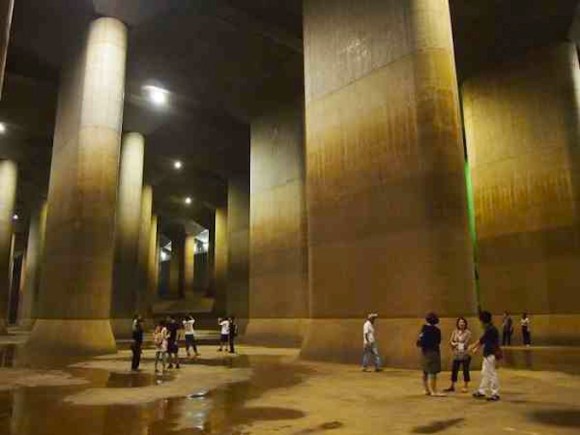
Deep beneath the ground, 19 miles north of Tokyo, lies a truly incredible feat of engineering. The G-Cans Project is the largest storm drain on earth, a colossal series of underground silos and tunnels, built to protect Tokyo from flooding during typhoon seasons. Its main hall (actually an enormous water tank) is held up by 59 columns each 25 metres high, and is known as the “Underground Temple”.
The facility is free to visit by guided tour, and the folks at Another Tokyo, a Japanese website introducing off-the-beaten-track places from around the country, recently went to check it out. This is what they found!
G-Cans (Shutoken Gaikaku Hōsuiro, or the Metropolitan Area Outer Underground Discharge Channel) is located in Kasukabe in eastern Saitama. The area is historically prone to flooding, and the G-Cans facility collects storm water from no less than five different rivers. It cost over 200 million yen (US$2 million) and took 17 years to construct, being completed in 2009. Due to its epic proportions and all-round underground spookiness, it has also been used as the setting for TV shows and commercials.
The facility is accessible via the underground exploration museum “Ryukyukan” (龍Q館). Tours are free, but must be booked in advance.
▼ Your ticket doubles as a souvenir postcard!
▼ This being Japan, there’s also a group stretch session before making the descent.
▼ Entry is via this unassuming door in the corner of the grounds.
And you’re in!
The facility is made up of five concrete containment silos, 65 by 32 metres, connected by 4 miles of tunnels. It’s this main water tank, the so-called “Underground Temple”, which is the real showstopper though. At a height of 25 m, and stretching for 177 m, the visiting people are dwarfed by the sheer scale of it.
Storm water flows into the facility through five cylindrical shafts like this one:
The ceiling is held up by 59 enormous pillars. Each weighing 500 tons, these also function as weights, preventing the tank, which is as large as a football pitch, from rising towards the surface.
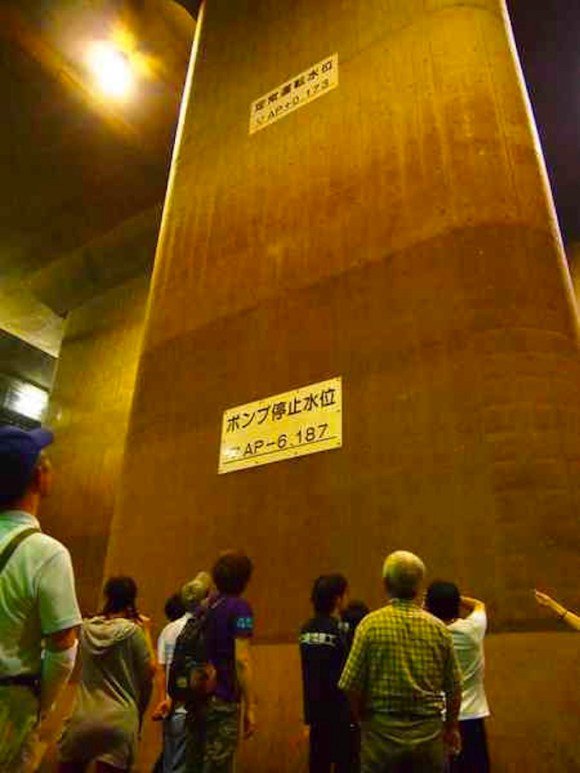
Tours operate three times a day, but only on weekdays – in fact, only Tuesday to Friday! – so unless your office is as cool as ours is here at RocketNews24, you might have to call in sick.
There is some English information available on the official website; however, there are no English tours, and if you don’t understand Japanese, the organisers require that you bring an interpreter. We recommend that you phrase this request more along the lines of “Come see this incredible hall of wonders! I’ll shout you lunch!” rather than, “Hey, want to interpret for me while I go round a drain next Tuesday?”
Oh yeah, and access to the main surge tank is cancelled when it’s “in use”. Well, you wouldn’t want to be in there with all that water, would you?
All photos © Another Tokyo, and are reproduced here with their kind permission.
Source and images: Another Tokyo
Additional sources: Shutoken Gaikaku Hōsuiro Official Site, Atlas Obscura


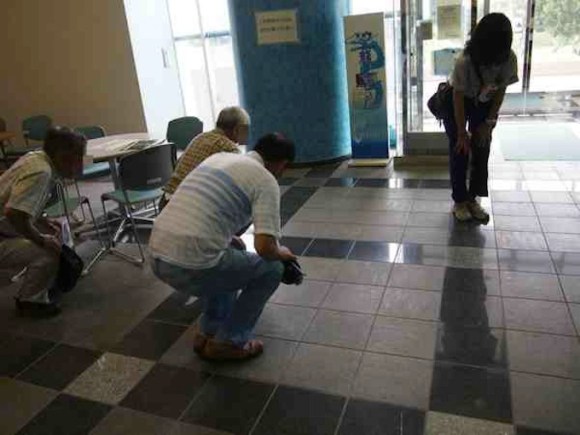
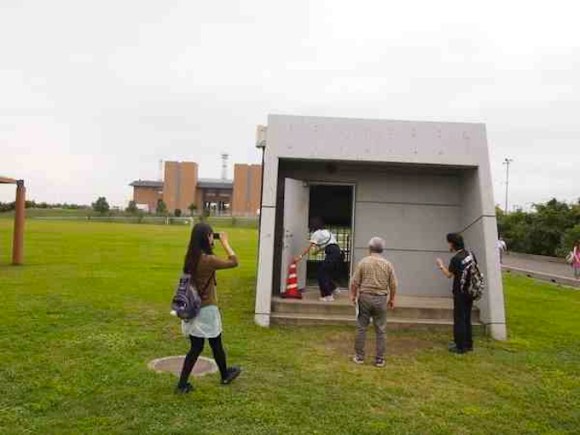
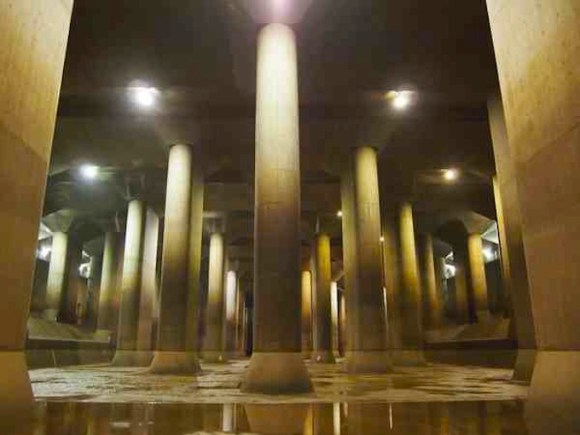
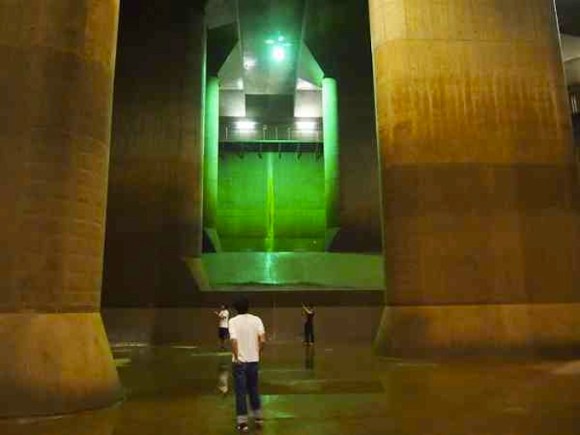
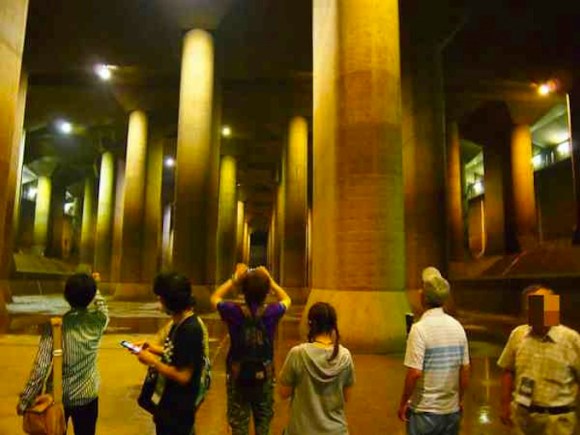
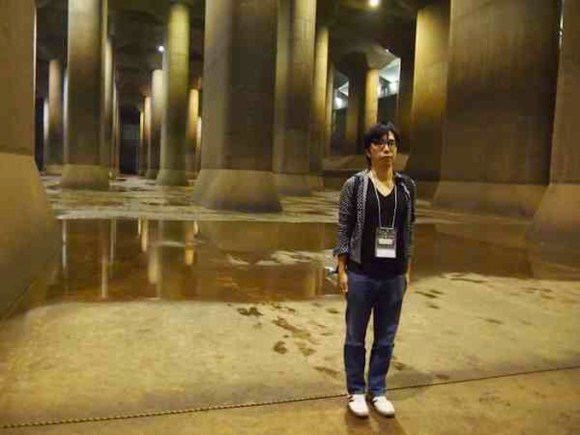
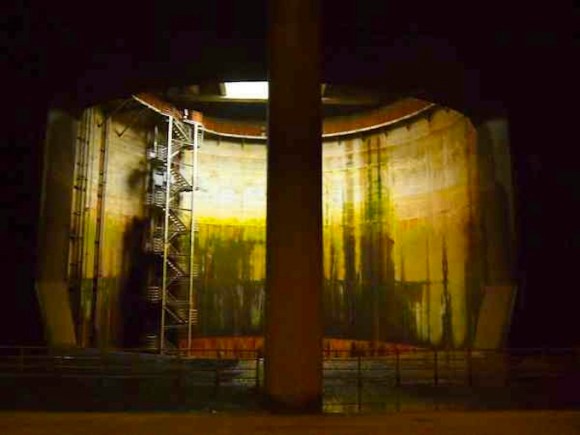
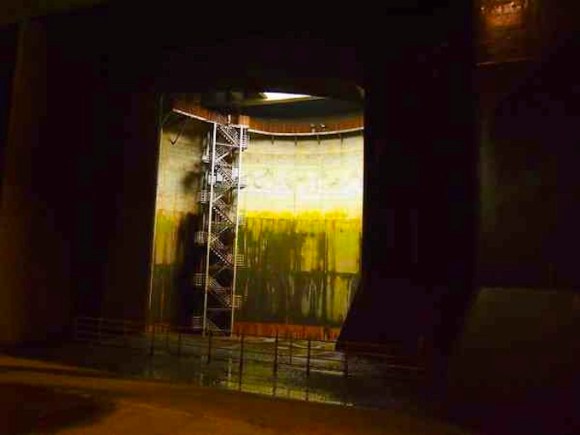
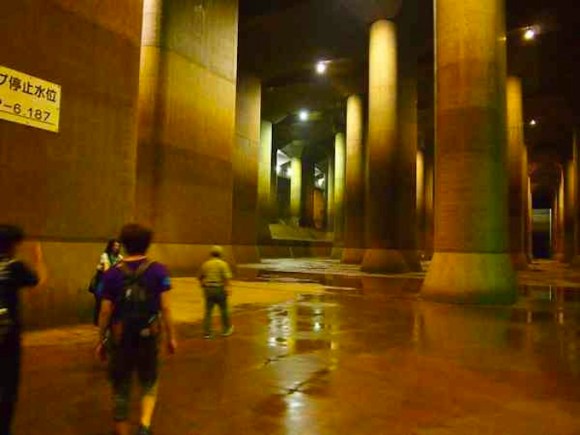
 Free bus tours of Japan’s famous “Disaster Prevention Underground Temple” underway
Free bus tours of Japan’s famous “Disaster Prevention Underground Temple” underway Japan’s “Underground Temple” now up for virtual touring in Google Street View
Japan’s “Underground Temple” now up for virtual touring in Google Street View Brand new Shibuya mall and hotel to open in September, promises riverside strolls and tasty food
Brand new Shibuya mall and hotel to open in September, promises riverside strolls and tasty food Japan’s new manhole cover T-shirts let you show off your local prefectural pride
Japan’s new manhole cover T-shirts let you show off your local prefectural pride Three great indoor date spots (plus a bonus!) in Tokyo, for when the weather just won’t cooperate
Three great indoor date spots (plus a bonus!) in Tokyo, for when the weather just won’t cooperate McDonald’s new Happy Meals offer up cute and practical Sanrio lifestyle goods
McDonald’s new Happy Meals offer up cute and practical Sanrio lifestyle goods All-you-can-drink Starbucks and amazing views part of Tokyo’s new 170 meter-high sky lounge
All-you-can-drink Starbucks and amazing views part of Tokyo’s new 170 meter-high sky lounge Studio Ghibli glasses cases let anime characters keep an eye on your spectacles
Studio Ghibli glasses cases let anime characters keep an eye on your spectacles Super Nintendo World expansion gets delayed for several months at Universal Studios Japan
Super Nintendo World expansion gets delayed for several months at Universal Studios Japan Starbucks reopens at Shibuya Scramble Crossing with new look and design concept
Starbucks reopens at Shibuya Scramble Crossing with new look and design concept Beautiful Sailor Moon manhole cover coasters being given out for free by Tokyo tourist center
Beautiful Sailor Moon manhole cover coasters being given out for free by Tokyo tourist center More foreign tourists than ever before in history visited Japan last month
More foreign tourists than ever before in history visited Japan last month Hamster abandoned at Tokyo ramen restaurant gets new home
Hamster abandoned at Tokyo ramen restaurant gets new home The oldest tunnel in Japan is believed to be haunted, and strange things happen when we go there
The oldest tunnel in Japan is believed to be haunted, and strange things happen when we go there Arrest proves a common Japanese saying about apologies and police
Arrest proves a common Japanese saying about apologies and police Disney princesses get official manga makeovers for Manga Princess Cafe opening in Tokyo
Disney princesses get official manga makeovers for Manga Princess Cafe opening in Tokyo Beautiful new Final Fantasy T-shirt collection on the way from Uniqlo【Photos】
Beautiful new Final Fantasy T-shirt collection on the way from Uniqlo【Photos】 Is the new Shinkansen Train Desk ticket worth it?
Is the new Shinkansen Train Desk ticket worth it? Foreign English teachers in Japan pick their favorite Japanese-language phrases【Survey】
Foreign English teachers in Japan pick their favorite Japanese-language phrases【Survey】 Japanese convenience store packs a whole bento into an onigiri rice ball
Japanese convenience store packs a whole bento into an onigiri rice ball We try out “Chan Ramen”, an underground type of ramen popular in the ramen community
We try out “Chan Ramen”, an underground type of ramen popular in the ramen community Studio Ghibli releases Kiki’s Delivery Service chocolate cake pouches in Japan
Studio Ghibli releases Kiki’s Delivery Service chocolate cake pouches in Japan Japan’s bone-breaking and record-breaking roller coaster is permanently shutting down
Japan’s bone-breaking and record-breaking roller coaster is permanently shutting down New definition of “Japanese whiskey” goes into effect to prevent fakes from fooling overseas buyers
New definition of “Japanese whiskey” goes into effect to prevent fakes from fooling overseas buyers Our Japanese reporter visits Costco in the U.S., finds super American and very Japanese things
Our Japanese reporter visits Costco in the U.S., finds super American and very Japanese things Studio Ghibli unveils Mother’s Day gift set that captures the love in My Neighbour Totoro
Studio Ghibli unveils Mother’s Day gift set that captures the love in My Neighbour Totoro Foreign passenger shoves conductor on one of the last full runs for Japan’s Thunderbird train
Foreign passenger shoves conductor on one of the last full runs for Japan’s Thunderbird train Domino’s Japan now sells…pizza ears?
Domino’s Japan now sells…pizza ears? New Japanese KitKat flavour stars Sanrio characters, including Hello Kitty
New Japanese KitKat flavour stars Sanrio characters, including Hello Kitty Kyoto creates new for-tourist buses to address overtourism with higher prices, faster rides
Kyoto creates new for-tourist buses to address overtourism with higher prices, faster rides Sales of Japan’s most convenient train ticket/shopping payment cards suspended indefinitely
Sales of Japan’s most convenient train ticket/shopping payment cards suspended indefinitely Sold-out Studio Ghibli desktop humidifiers are back so Totoro can help you through the dry season
Sold-out Studio Ghibli desktop humidifiers are back so Totoro can help you through the dry season Japanese government to make first change to romanization spelling rules since the 1950s
Japanese government to make first change to romanization spelling rules since the 1950s Ghibli founders Toshio Suzuki and Hayao Miyazaki contribute to Japanese whisky Totoro label design
Ghibli founders Toshio Suzuki and Hayao Miyazaki contribute to Japanese whisky Totoro label design Doraemon found buried at sea as scene from 1993 anime becomes real life【Photos】
Doraemon found buried at sea as scene from 1993 anime becomes real life【Photos】 Tokyo’s most famous Starbucks is closed
Tokyo’s most famous Starbucks is closed One Piece characters’ nationalities revealed, but fans have mixed opinions
One Piece characters’ nationalities revealed, but fans have mixed opinions We asked a Uniqlo employee what four things we should buy and their suggestions didn’t disappoint
We asked a Uniqlo employee what four things we should buy and their suggestions didn’t disappoint Princesses, fruits, and blacksmiths: Study reveals the 30 most unusual family names in Japan
Princesses, fruits, and blacksmiths: Study reveals the 30 most unusual family names in Japan Girls spotted crying in Tokyo’s Shibuya neighborhood for a startling, invisible reason
Girls spotted crying in Tokyo’s Shibuya neighborhood for a startling, invisible reason 7 incredible Japanese destinations that tourists haven’t discovered yet
7 incredible Japanese destinations that tourists haven’t discovered yet New onsen facility in the heart of Tokyo’s business district to be ready for Olympics
New onsen facility in the heart of Tokyo’s business district to be ready for Olympics Tokyo police create public service warning about kids obsessing over their favorite male idols
Tokyo police create public service warning about kids obsessing over their favorite male idols The world of the future, according to North Korean architect
The world of the future, according to North Korean architect JoJo’s bizarrely awesome Tokyo anime mural hides characters in its sound effects【Photos】
JoJo’s bizarrely awesome Tokyo anime mural hides characters in its sound effects【Photos】 Underground pipe explodes, creates a 10-metre man-made geiser in Kanagawa Prefecture
Underground pipe explodes, creates a 10-metre man-made geiser in Kanagawa Prefecture Japanese government plans removal of around 2,485 miles’ worth of overhead power lines
Japanese government plans removal of around 2,485 miles’ worth of overhead power lines How to put together an earthquake/typhoon preparedness kit at the 100 yen shop
How to put together an earthquake/typhoon preparedness kit at the 100 yen shop Brand-new Tokyo Shibuya Scramble intersection opens…but over 50 miles away from Tokyo?!【Photos】
Brand-new Tokyo Shibuya Scramble intersection opens…but over 50 miles away from Tokyo?!【Photos】 Is pachinko headed for extinction in Japan? Studies reveal huge drop in players, hall operators
Is pachinko headed for extinction in Japan? Studies reveal huge drop in players, hall operators Over 1,000 fish and other marine creatures die at Tokyo aquarium after failed medical treatment
Over 1,000 fish and other marine creatures die at Tokyo aquarium after failed medical treatment A ranking of Tokyo’s 10 best train and subway lines for spotting handsome men
A ranking of Tokyo’s 10 best train and subway lines for spotting handsome men Fukuoka City aims to resume traffic at site of road collapse less than a week after accident
Fukuoka City aims to resume traffic at site of road collapse less than a week after accident Hiroshima requests removal of Pokémon GO facilities from Peace Memorial Park
Hiroshima requests removal of Pokémon GO facilities from Peace Memorial Park This man’s account of single-handedly digging his own well is oddly moving
This man’s account of single-handedly digging his own well is oddly moving
Leave a Reply